A taxonomy of Sherman L Kelly style ice cream scoops
This project for the upcoming exhibition Domestic Renewal began with a conversation I had with designer Henry Wilson, in which we talked about these fascinating hollow aluminium ice cream scoops containing liquid in their handle. The classic design is made by the American company Zeroll, as pictured above (image from Williams-Sonoma). The aluminium, which is quite thermo-conductive, and the liquid inside the handle work together to transmit body heat from the hand to the scoop blade, helping the scoop move through frozen ice cream and then release the ice cream. Such a design is both simple, in that there are no mechanical parts, and intelligent, in the way its takes advantage of material qualities, and very much in the spirit of Henry’s own well thought out design philosophy. In relationship to my own practise and methodologies, which are complex and sometimes and unfortunately torturously more convoluted, I couldn’t help but be bothered by a nagging wonder – why don’t they make these scoops out of other materials more thermo-conductive than aluminium? This question was not easily answered. It first required a thorough investigation into the design and history of these scoops. I discovered the patent drawings fairly quickly, and then began collecting various scoops from shops, friends, and online, mostly by ebay. I even discovered a very old scoop in a box of kitchen tools I inherited from my late grandmother, never before noticed. Here I present just some of the scoops and research I have collected in roughly chronological order of design or production, starting with these beautiful patent drawings by inventor Sherman L Kelly.
In 1933 Kelly had noticed that the staff at an ice cream shop were hurting their wrists from the repetitive action of scooping frozen ice cream. The were using the traditional design with a squeeze triggered mechanical lever for releasing the ice cream. Kelly’s design improved ergonomics, but had another benefit as well; because the scoop melted through the ice cream, it did not compact it. This enabled shop owners to gain %10 to %20 more servings out of a tub – a useful advantage during the economic depression of the time. He applied for the patent in 1935 and the same year set up the company Zeroll from his garage in Ohio. The scoop was an immediate success. Production slowed during wartime due to lack of aluminium, but Kelly’s company was one of the first to gain access to post-war aluminium supplies. Eventually competitors began producing their own versions, presumably only once the patent expired, but who knows? More detail about the Zeroll story can be found on their website.
Zeroll This old Zeroll was made in Toledo, Ohio, Sherman Kelly’s hometown, which means it was either made before 1953 or after 1981, as the company moved to Maumee, Ohio, during that period. Its dirty patina is a function of age, contact with hard or chlorinated water and probably being run through a dishwasher. The heat from the dishwasher in particular ruins the shine, but can also break down the special liquid inside, and so almost all scoop manufacturers warn against placing the scoops in dishwashers. The liquid is a propylene glycol and water mix. Propylene glycol is a chemical, generally regarded as food safe, used in a bizarre array of products including soft serve ice-creams, electronic cigarettes, draught beer tap plumbing, vaginal oestrogen creams, Angostura bitters and the oil dispersant used to cleanup the Deepwater Horizon oil spill. None of the scoop manufacturers I contacted confirmed that the internal liquid was indeed propylene glycol, however its the only reasonable explanation as pure water does not have heat tolerance concerns, and other anti-freeze chemicals, like the commonly confused polyethylene glycol, are toxic and not safe for use in cutlery.
Zeroll – 2012 model This new Zeroll shows how shiny they are meant to look prior to ageing and adventures with the dishwasher. The model they keep at Musuem of Modern Art in New York is kept shiny like this, though the nice thing about aluminium is its quite resilient and doesn’t form oxides naturally, i.e don’t expose it to heat or chemicals and it will remain shiny for forever. More or less. The blue cap on the previous Zeroll and the yellow cap on this one indicates the size of the scoop, measured in scoops per gallon, though these scoops are actually the same size (20) and so sometime between their respective manufacture Zeroll changed the color coding. Note that this newer version has a crisper blade edge around the scoop end, and that the inside of the scoop blade has a rough linished texture whereas the handle is high polished. Apparently Zeroll occasionally change the specifics of the aluminium alloy they use to keep up with metallurgical advances.
Ben & Jerry’s I think Ben & Jerry’s have been making their own versions for some time, but their design is noticeably poorer than Zeroll’s . The colourful end cap is replaced by aluminium and the shape of the scoop blade is different and to my mind clumsier, with the edge being more rounded. You can also see distortion in the reflection lines which indicates a less precise mould, and while this is also new, the aluminium polish is somewhat dull.
Stöckel The Stöckel scoop is a high quality German copy. The first image is an older scoop, borrowed from a friend, and has seen a lot of use and the inside of a dishwasher. The second image is of a new one and is quite stunning IMHO. Note the polishing inversion compared to the new Zeroll – here the inside of the scoop blade is highly polished and the handle is satin polished. It arguably improves on the original Zeroll design by enlarging the radius of the upper scoop back surface (not visible in this image), somehow making the form appear more elegant. The blade edges are sharper – not cutting sharp but enough to make a difference when scooping through rock hard ice cream. There is a slight flaw on the new one; on the front neck under the lower blade edge is a slight protuberance which has been sanded off slightly. Possibly the location of the sprue, where the aluminium is poured into the mould. This design includes an aluminium end cap, but its set nicely flush with the end of the handle and stamped with the company branding (see last image).
Japanese I had hopes when I found this scoop on ebay that it would be a high quality Japanese copy, but alas its a clumsy attempt with curious and inelegant formal properties. Probably fairly old and made, or at least originally designed, during the post-war period before Japan stepped up its manufacturing and industrial design skills.
Norpro An American copy. The shape of its scoop is quite elongated at the throat and generally unappealing. Possibly this is for a functional change though, to produce a different shape of ice-cream ball shape or scooping action? Its black surface is marketed as non-stick, which is fairly redundant considering the whole point of Kelly’s original design. This surface is not teflon, but hard anodised aluminium. This surface treatment is sometimes used in cookware to prevent leaching of aluminium salts into food, but this is not an issue with ice-cream scoops which are not subjected to heat. Zeroll make a similar black coated scoop, but more correctly market it as circumventing the aluminium patina problem produced by exposure to hard or over-chlorinated water. It still doesn’t it make it resistant to dishwashers however, as the anodised aluminium oxide on the surface is less thermally conductive, meaning that if the aluminium expands from contact with heat, the surface can crack.
Chinese These non-branded Chinese made scoops arrived with no liquid inside, contrary to their description on ebay. They are not highly polished and have a sand blasted texture. There are obvious filing marks over the presumed sprue points. I cut the plain one open to discover the wall thickness and internal qualities quite variable, which makes me think they were investment cast, with the wax positive slip moulded. These scoops, one plain aluminium and the other anodised, were incredibly cheap – just a few dollars each including shipping to Australia from Hong Kong. Though they had no liquid inside, the caps are not designed to be easily removable, so I don’t think its intended for the user to add the liquid, though possibly this job was intended for a middleman or re-seller in the distribution chain. The scoop design still works without the antifreeze liquid, just not as well. Both of the scoops have raised text built into the moulding, warning the user not to place the scoop in boiling water or expose to heat. I think this is pretty funny considering one of the main reasons for the warning is to preserve the functioning of the internal liquid… not included.
I have several more scoops in my collection now, but these nine were the ones I had on hand in the photostudio. The most important thing to realise is that all their technical functionality and aesthetics, new and used, from their production to the way they wear with use, are contingent on the use of aluminium as the thermo-conductive metal in the scoop design. My experiment for Domestic Renewal starts with the alteration of this one factor. The exhibition Domestic Renewal: A table re:set will be staged at Canberra’s peak craft and design venue Craft ACT craft and design centre. It will open @ 6pm on Thursday 1st November continuing until Saturday 15 December 2012. The exhibition is curated by Rohan Nicol and features the work of Alex Asch, Richard Blackwell, Norman Cherry, Ann Cleary, Heidi Dokulil, Guy Keulemans, Bridie Lander, Gini Lee, Rohan Nicol, Sabine Pagan, Richard Peters, Mel Robson, Wayne Simons, Blanche Tilden, Kenji Uranishi, Jason Wade, Kathryn Wells and Henry Wilson.

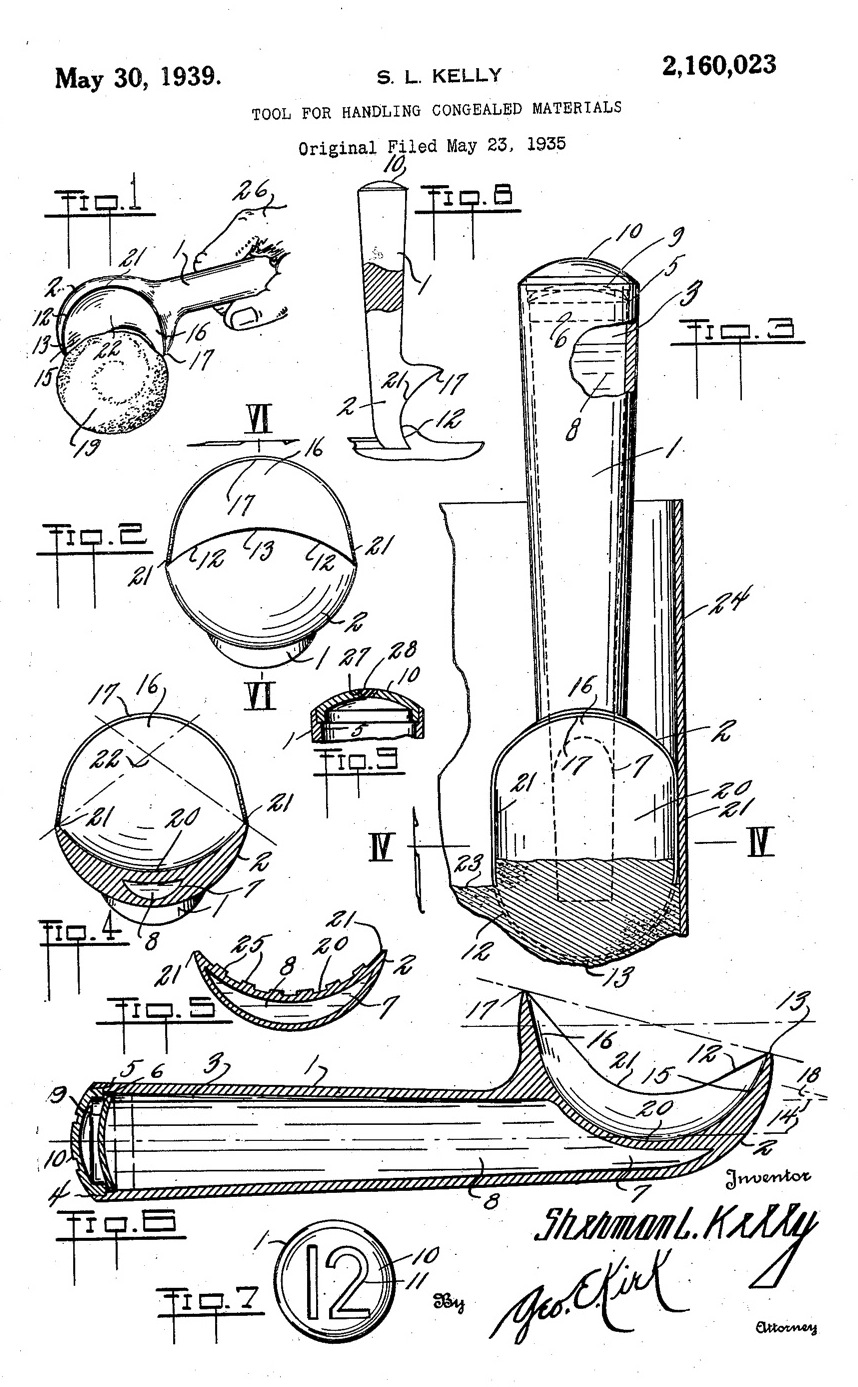

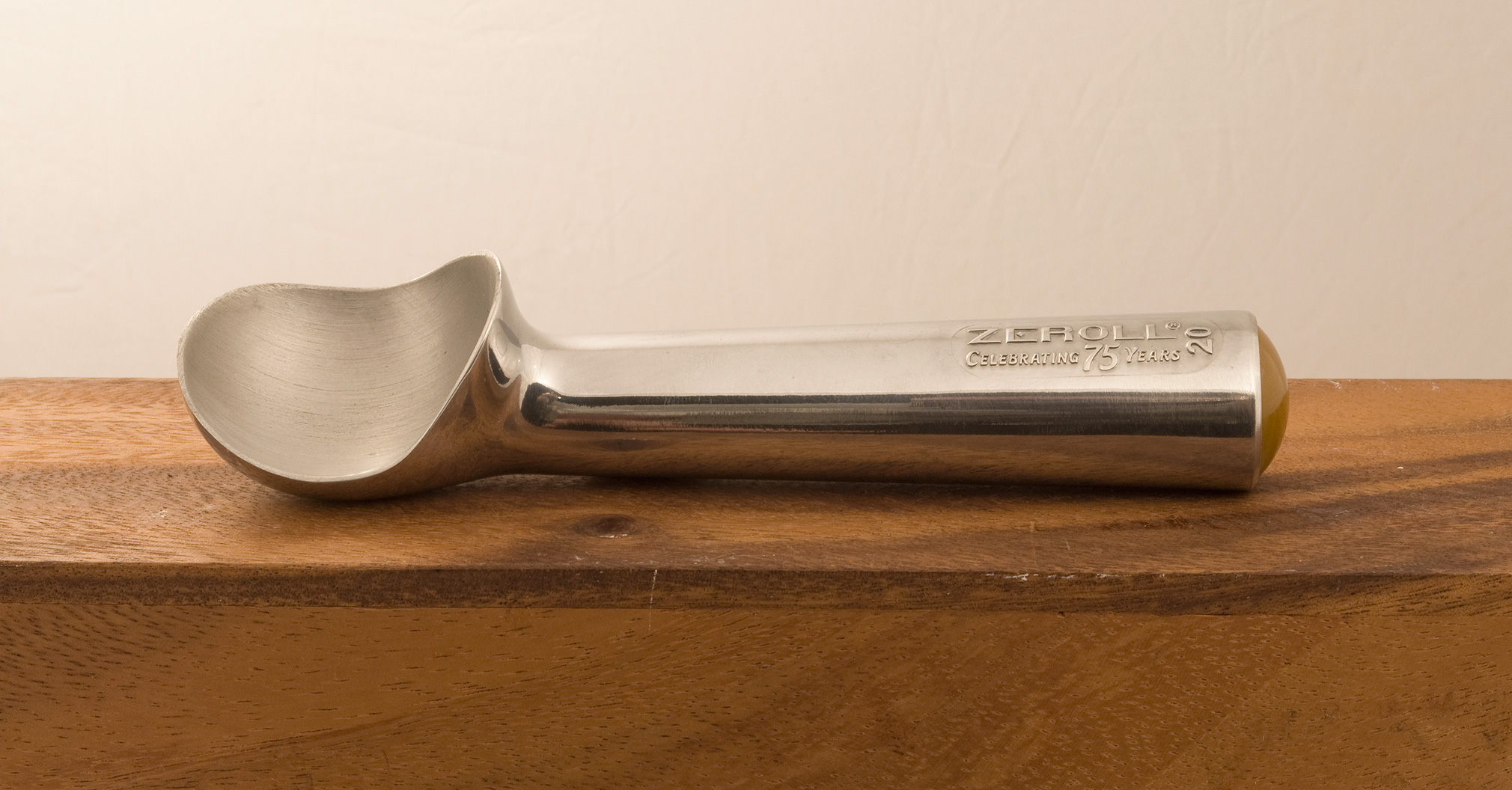
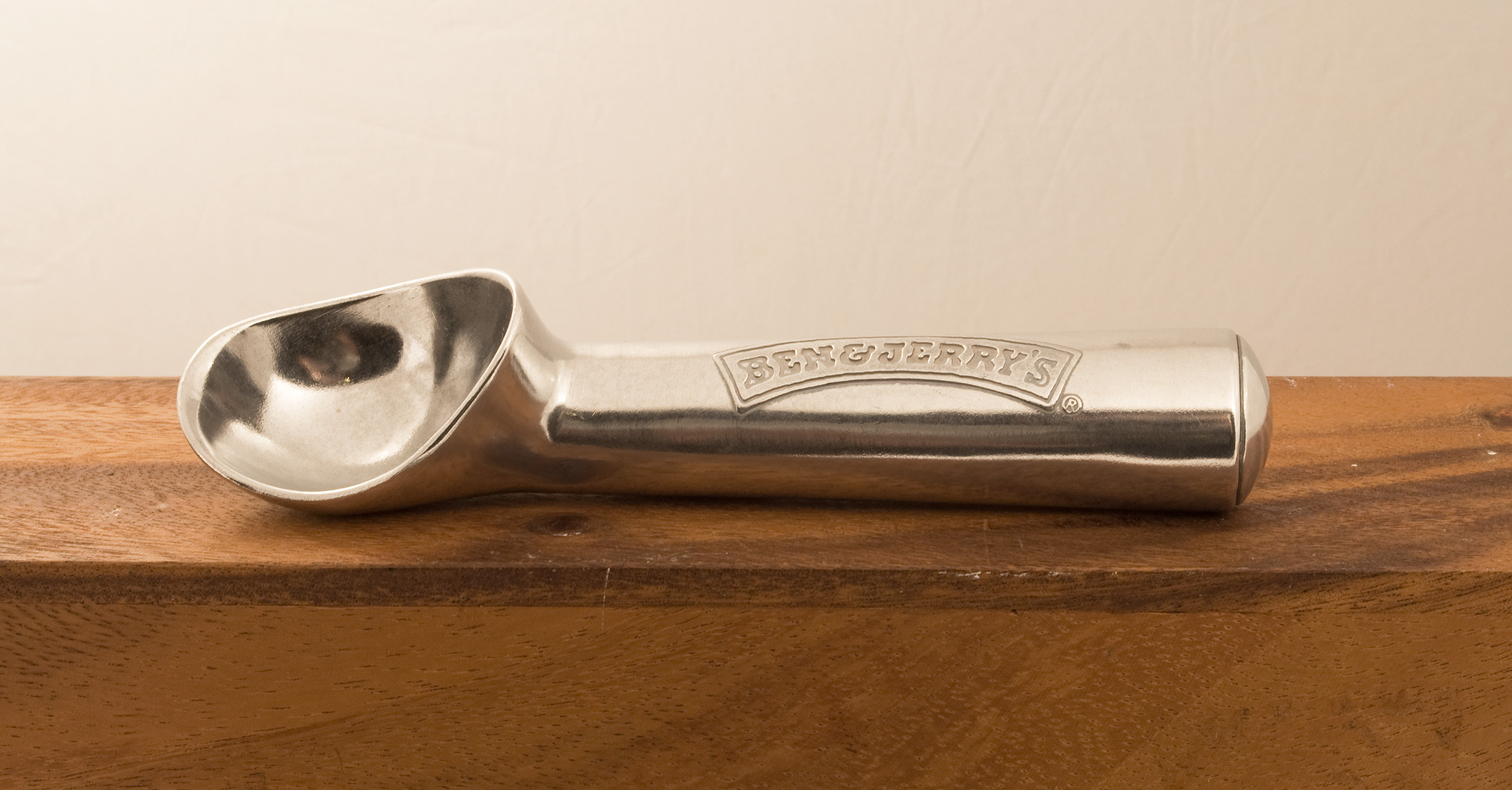

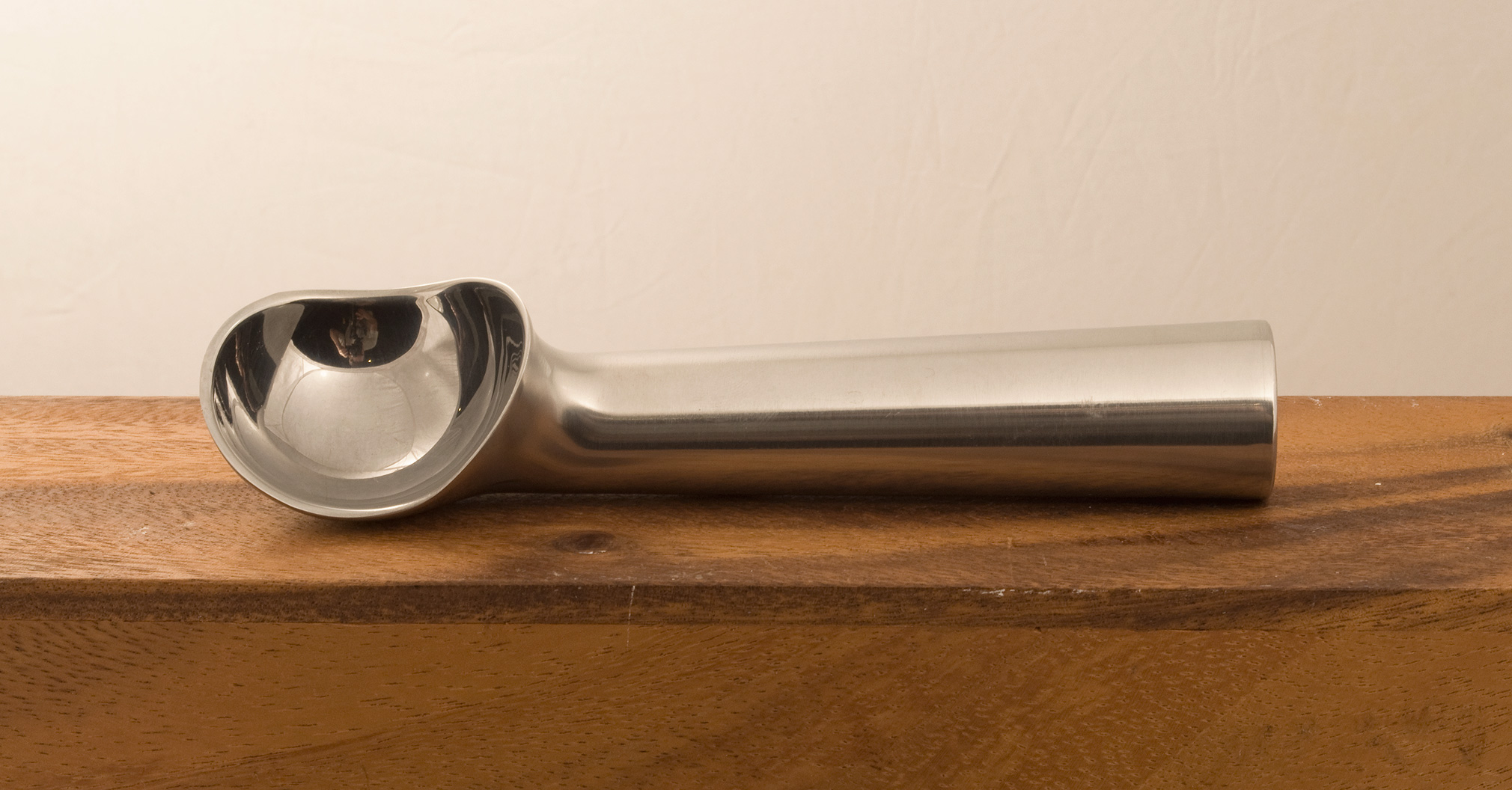
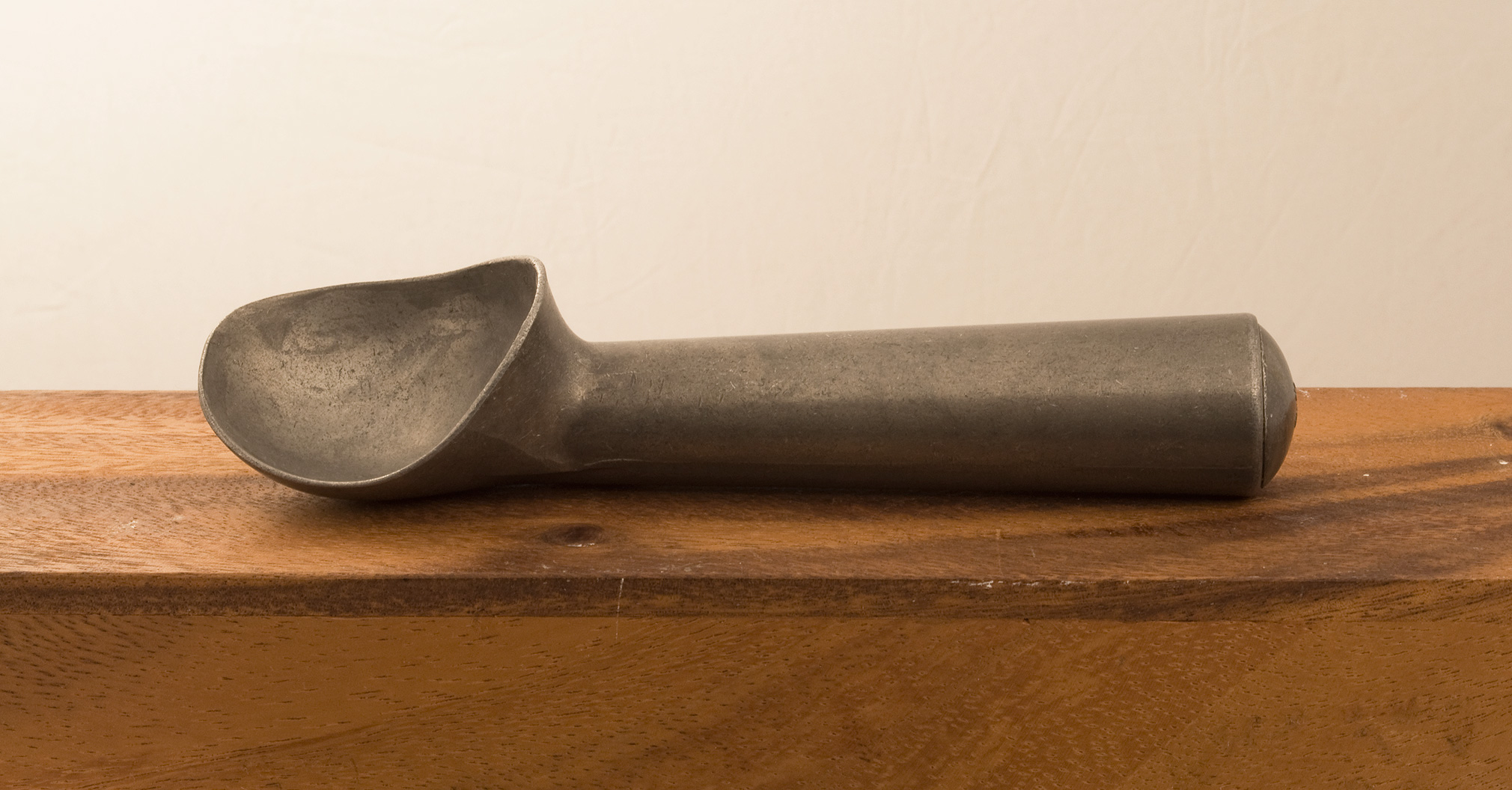
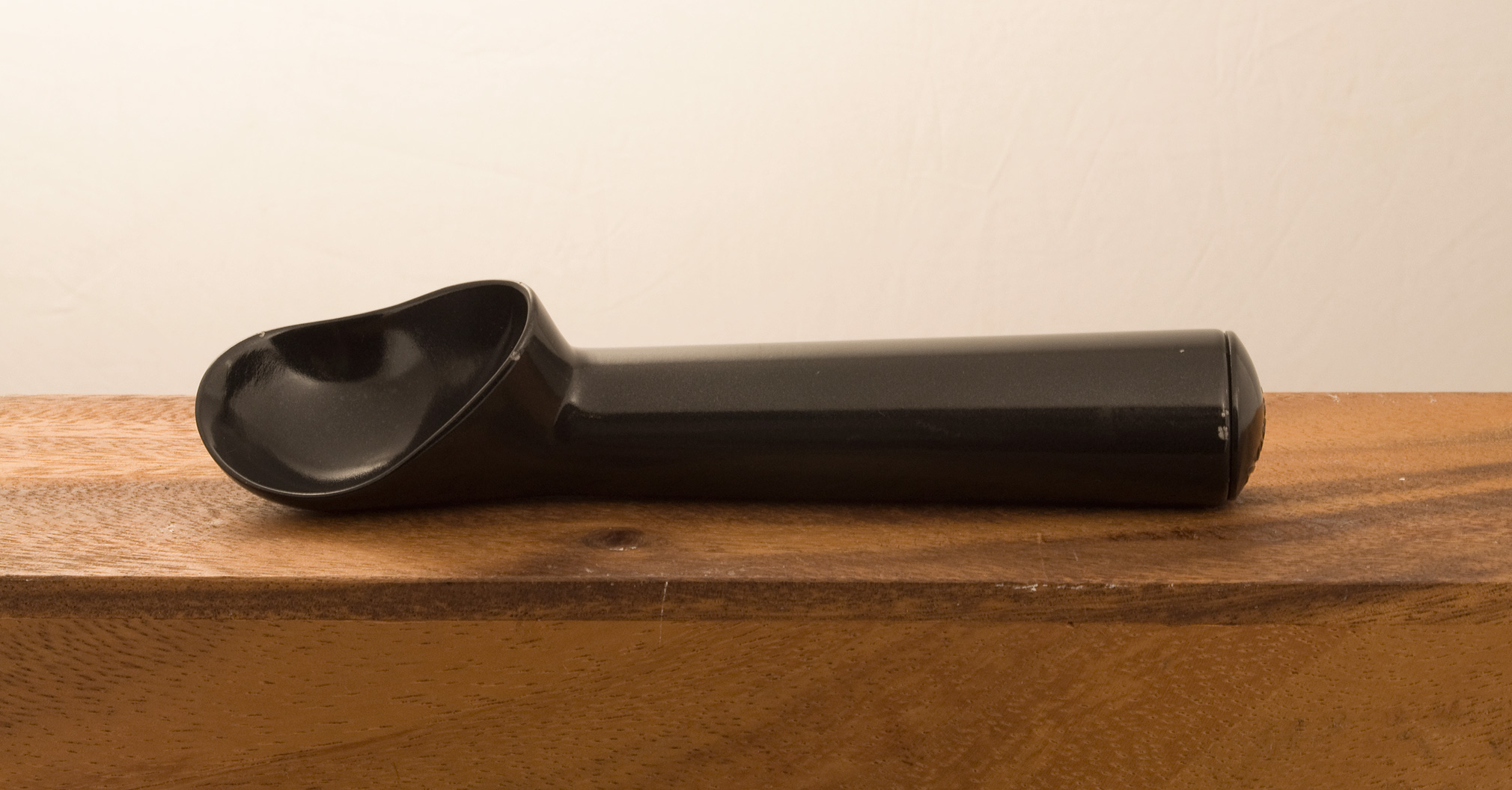
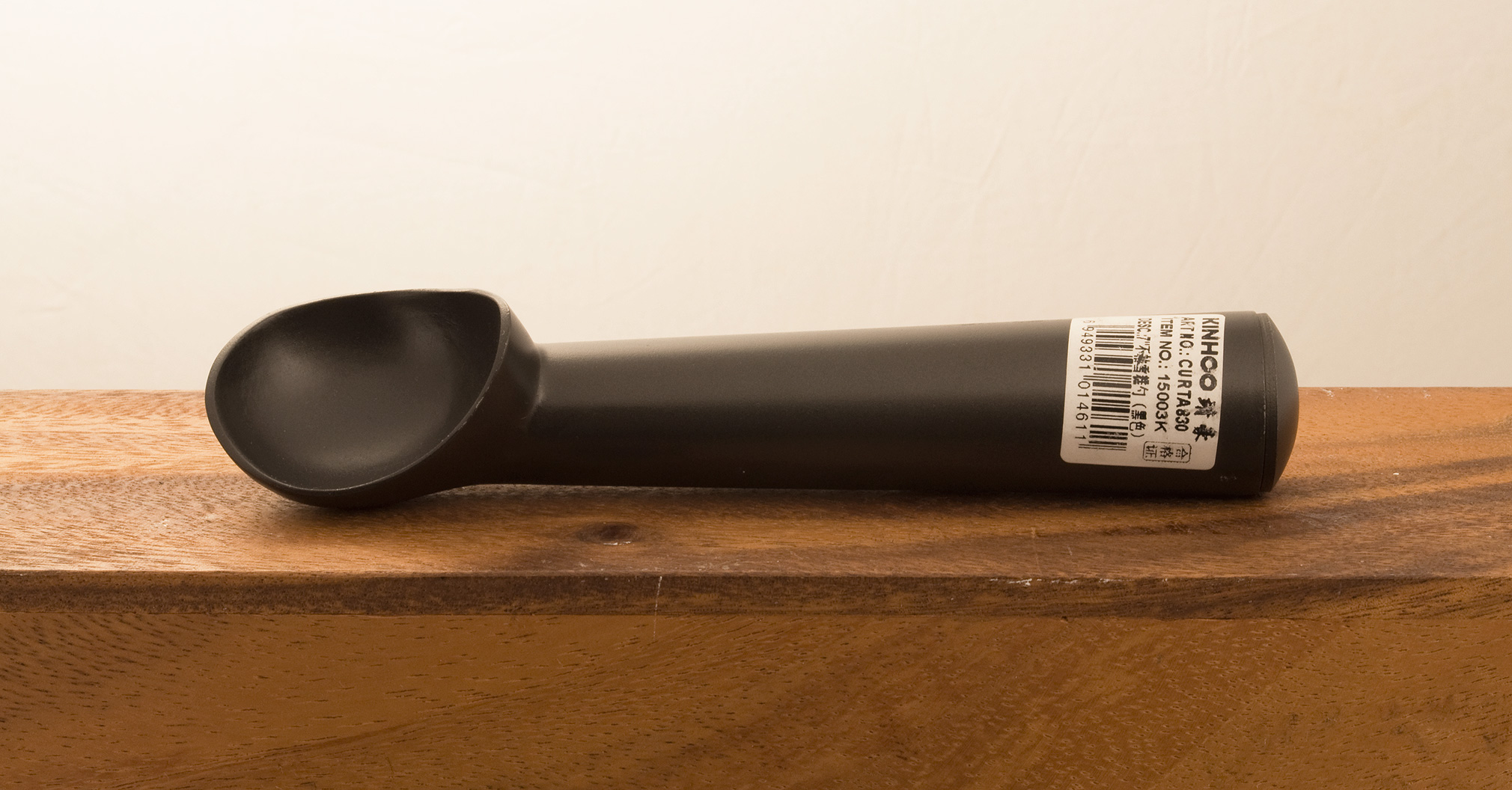
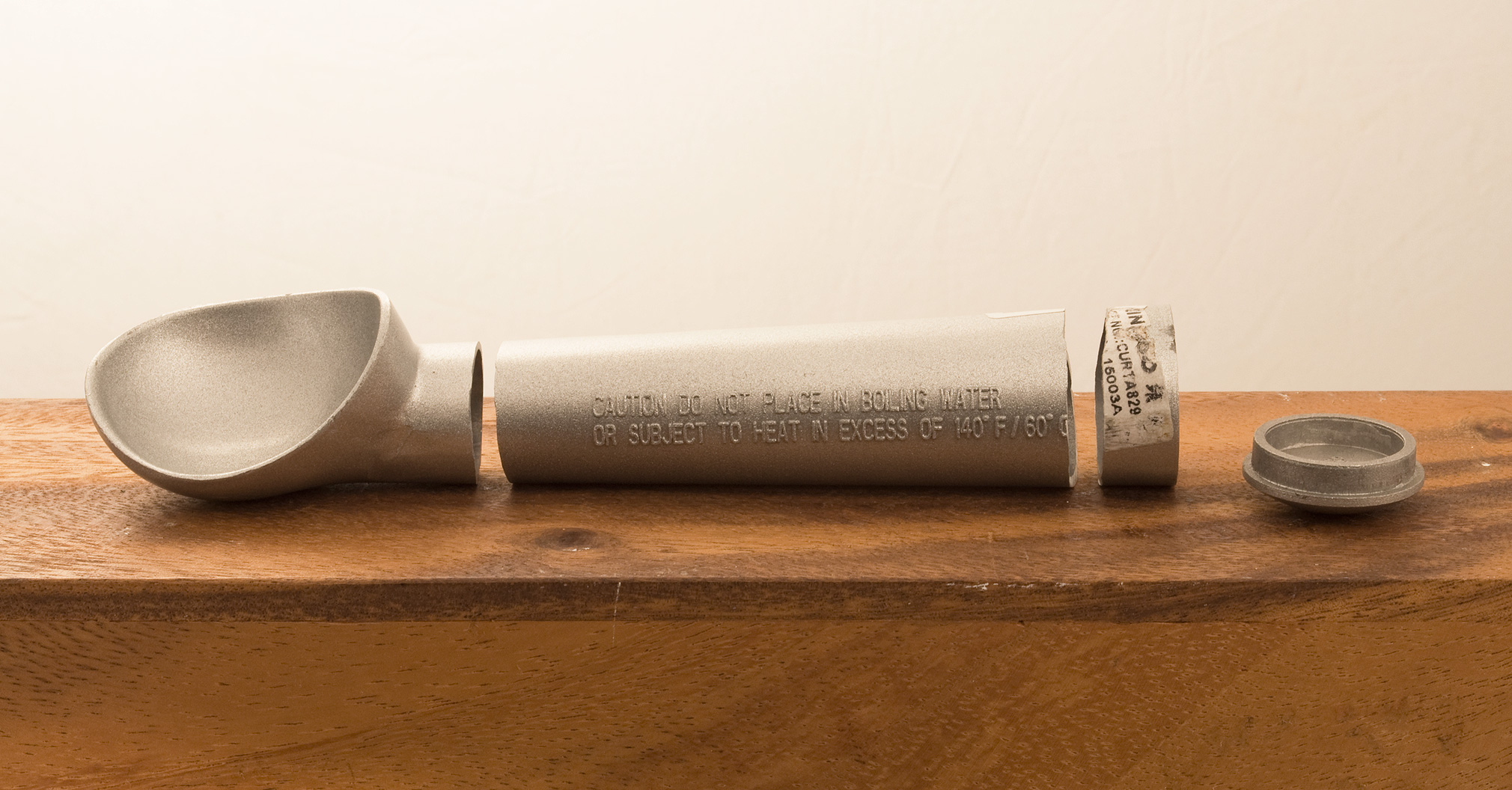
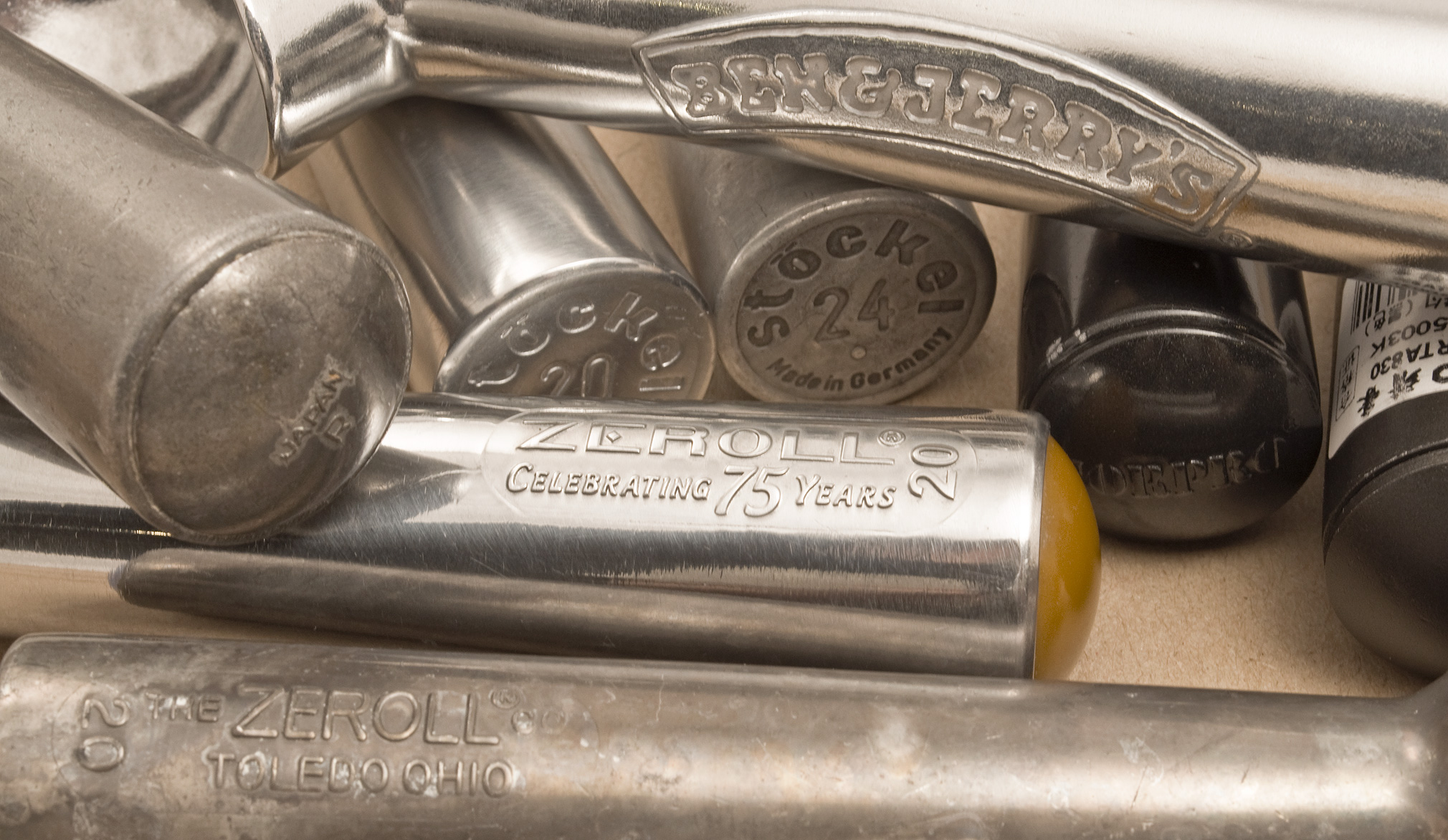
Pingback: Serving Blog
Comments are closed.